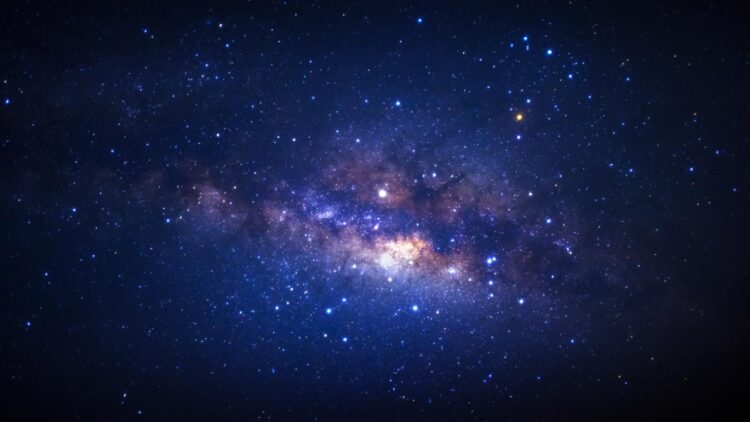Space is vast, and while we are just now getting to know a lot about the vastness that surrounds us, technology has advanced enough that now NASA can pick up signals from the edges of our solar system. The last signal they picked up came from the Oort cloud, which is a far-off, often considered frozen zone. Scientists might need to review their consideration soon though, as it turns out that it might have spiral arms that look kind of like a galaxy, which would make it a mini Milky Way.
Having said that, we are still a long way from discovering what mysteries the Oort cloud, or many other celestial occurrences, hold, as we do not have the technology necessary to do anything more than get a glimpse. That small glimpse has given us an idea of what to expect from one of the most mysterious parts of our solar system, and as of now we know that it is made of mainly ice particles that did not transform into planets, but anything other than that continues to be a big question mark.
The new discovery about the Oort cloud which could change the scientific community
The first idea for the Oort cloud came from Dutch astronomer Jan Oort in in 1950. He proposed that it starts about 2,000 times farther from the Sun than Earth is, and it could stretch all the way out to 200,000 times that distance. From there theories were built around it, with many scientists believing that the Oort cloud is made up of the leftover building blocks from when the big outer planets like Saturn, Jupiter, Uranus, and Neptune were forming, around 4.6 billion years ago.
Since the Oort cloud has loose particles, the belief is that the ice chucks left were never incorporated into planets and have been floating since then, but now this may have changed slightly, as a new model suggests the inner Oort cloud might not be a chaotic shell of ice shards, but instead it might work more like a spiral disk, which would make it similar to our own galaxy. These results were posted in February on the preprint site arXiv, but for those who want to get excited, maybe waiting would be a good idea, as these findings have yet to be peer reviewed.
The researchers reached their conclusion by building a model, and to do this they looked at how gravity affects objects just inside and outside of the Oort cloud and then ran their calculations on NASA’s Pleiades supercomputer. The results were surprising and looked like a spiral, which is the kind of structure we associate with galaxies, not icy debris at the edge of the solar system.
The main problem with this theory is that it now needs to be confirmed, which is easier said than done. Detecting anything that far away with accuracy is hard with eh technology that we have today, and that limitation is not helped by the fact the objects in the Oort cloud are small, dark, and icy, which means that they do not reflect much light or stand out against the blackness of space, which are two of the main ways that we can see objects so far away.
Most of the information we have about the Oort cloud “comes from long-period comets — ‘snowballs’ of ice and dust punted from the cloud to orbit around the sun by gravitational perturbations,” according to LiveScience, and until we can find a way to collect more data or take a closer look, we will need to continue to infer information from the pieces that come from it and find themselves pulled towards the Sun.

